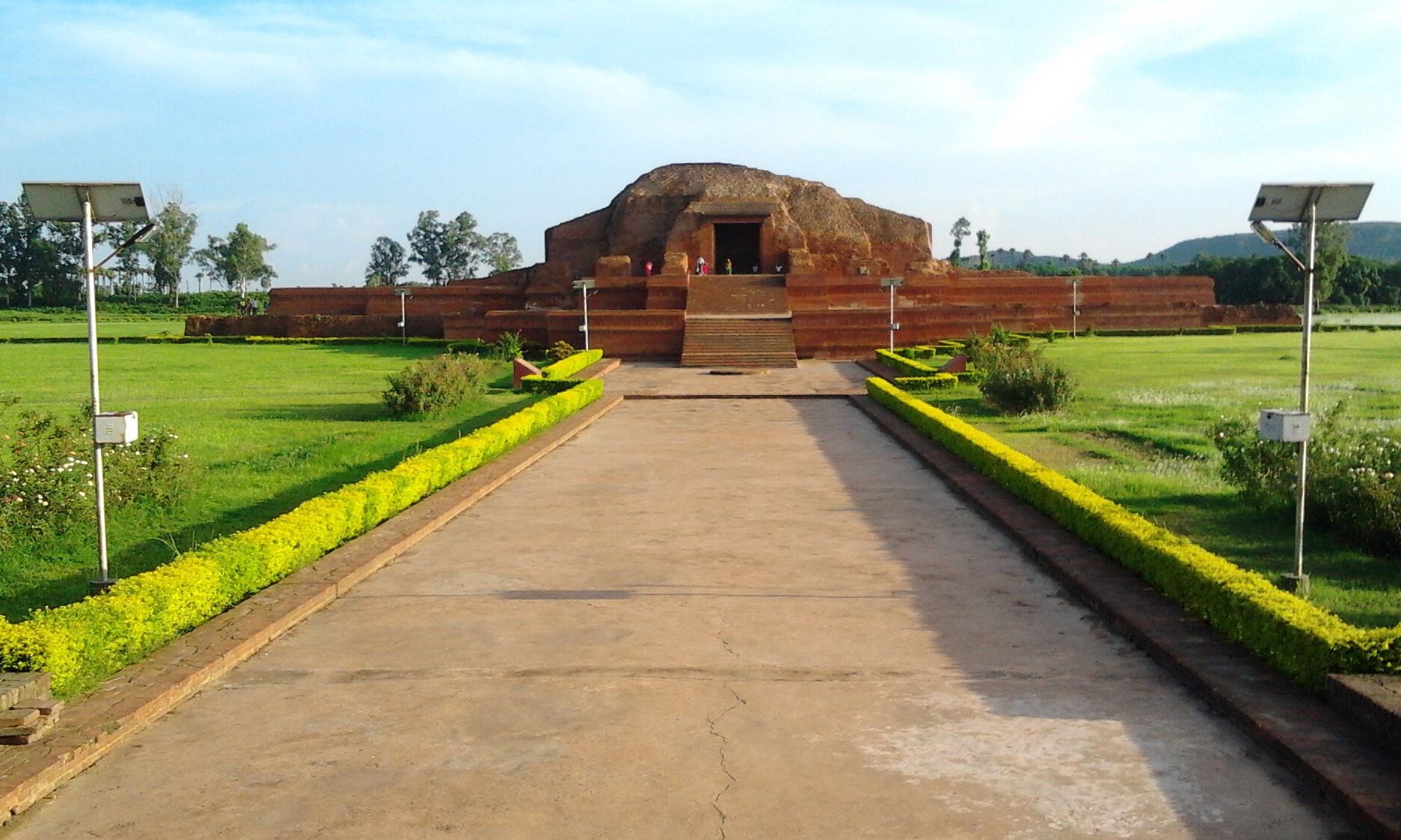Rajmahal region was earlier ruled by Raja Mal sub-group of Mal Paharia tribes. Earlier this place was known as “Agmahal” and is surrounded by Rajmahal hills on one side and river Ganges on another side. The region was also known as ‘Daman-i-Koh’ during Mughal rule.
In 1576, Battle of Rajmahal was fought between Mughal Emperor, Akbar and Sultan of Bengal, Daud Khan Karrani of Karrani Dynasty. After war, Daud Khan was captured and later executed by the Mughals.
Later, after the conquest of Odisha in 1592, Raja Man Singh I, Mughal governor of Bengal Subah came to Rajmahal. He chose the site for his capital in 1595–96 because of its strategic command of the Teliagarhi Pass and the Ganges River. Raja Man Singh I, also renamed the town in 1595 as ‘Akbarnagar’ in tribute to Emperor Akbar and he also constructed palace, garden and mosque on behalf of Mughal rulers. In 1610, the capital of Bengal was transferred to Dacca (now Dhaka, Bangladesh) by Islam Khan.
In 1639, Rajmahal regained its glory and was once more made the capital of Bengal by Shah Shuja, governor of Bengal Subah and second son of Emperor Shah Jahan. It continued as the seat of the Mughal Viceroy up to 1660 and a mint town till 1661.
In 1757, Battle of Plassey was fought between Robert Clive and Nawab of Bengal, Siraj-ud-Daulah where Nawab lost the war due to treachery of Mir Jafar and he fled from Murshidabad towards Patna. During his halt at Rajmahal, Siraj-ud-Daulah was captured by Mir Jafar’s son Miran and was murdered at the site.
Battle of Udhwa nala at Rajmahal was fought between Mir Qasim, and British in 1763. Nawab Mir Qasim was defeated by the British and fled with his family to the Rohtas (Bihar), but was not able to hide at the Rohtasgarh Fort.
During British rule, Permanent Settlement was passed in 1793 and it forced the landlords to improve productivity of the land. The Santals were increasingly used for land reclamation and improvement and further Santals got permanently settled in the region. British also constructed Neel-Kothi for process and storage of Neel (Indigo) which was used for dying cotton cloth.
Later, Daman-i-Koh became the origin of Santhal Rebellion and leaders like Sidhu and Kanhu Murmu, Chand and Bhairab, etc. and they fought against the British colonial authority and the corrupt zamindari system mobilizing more than 10,000 Santhals.



















